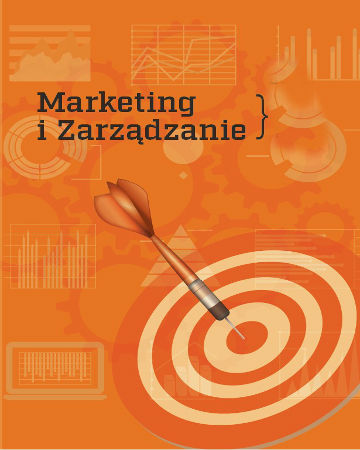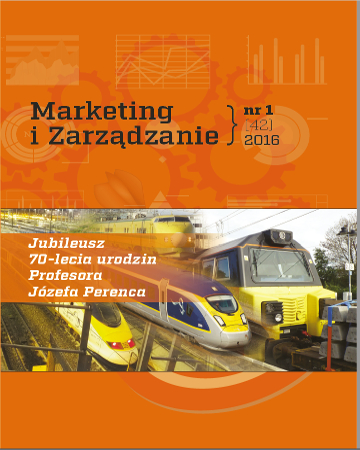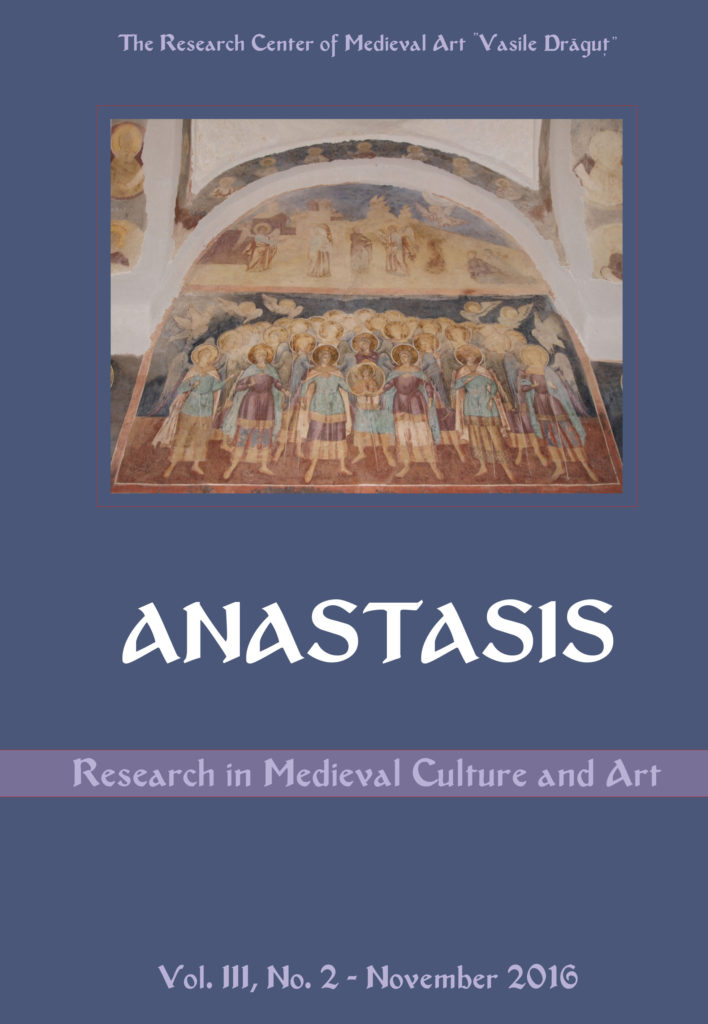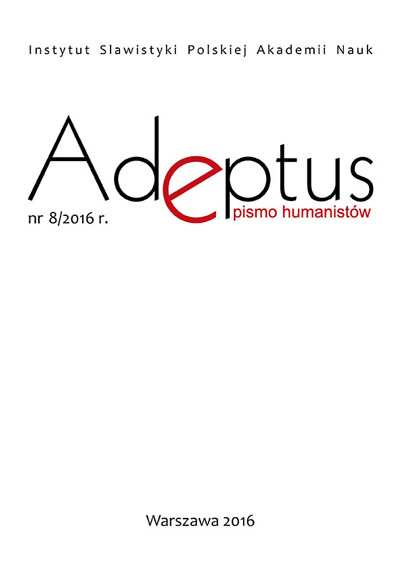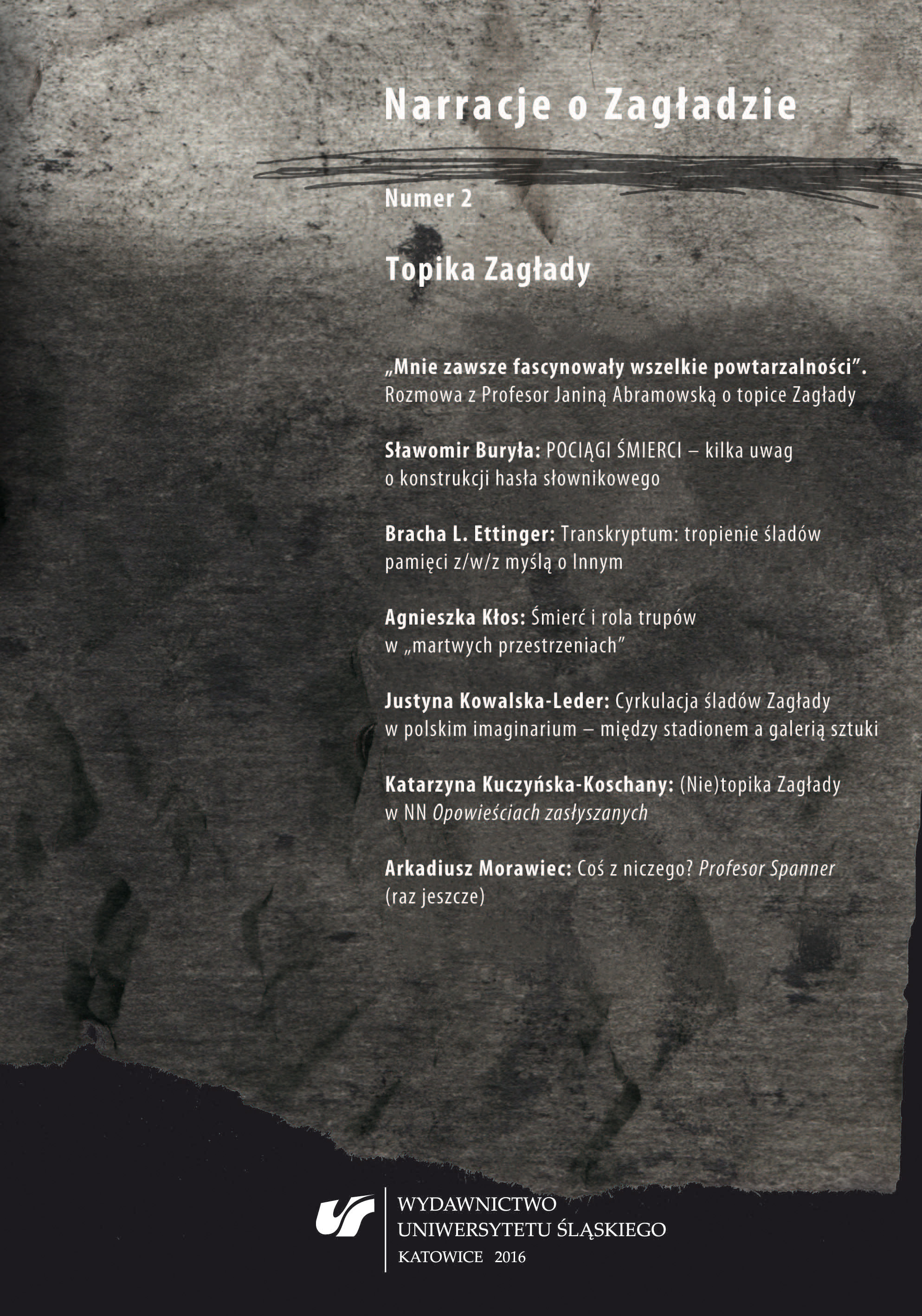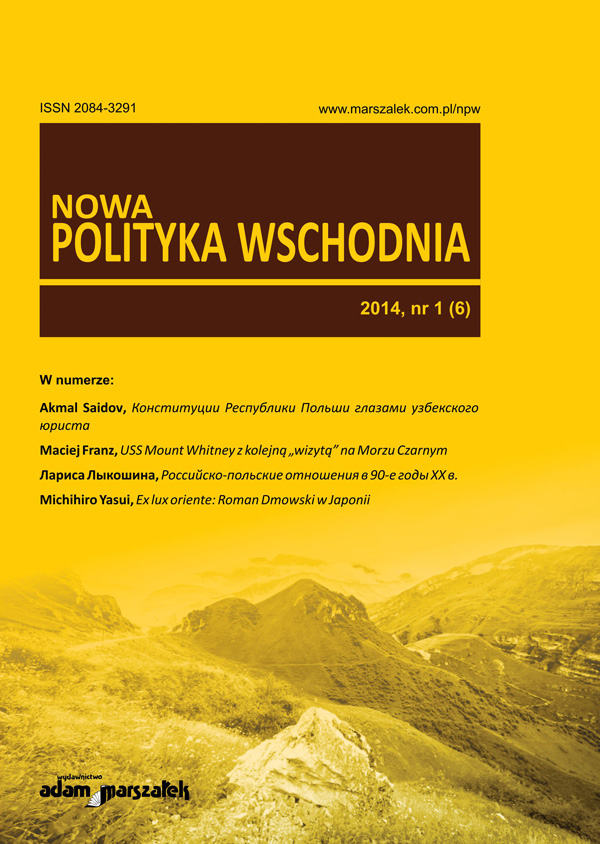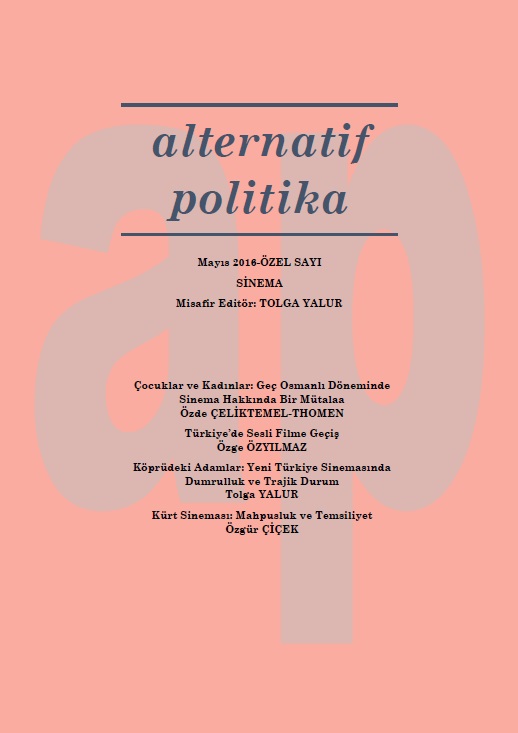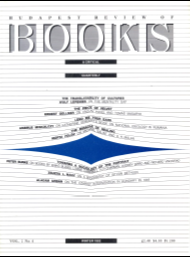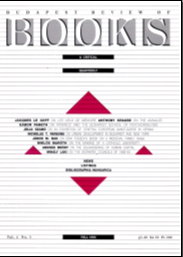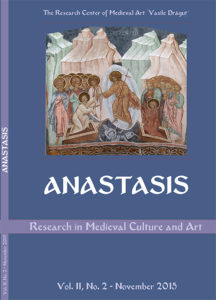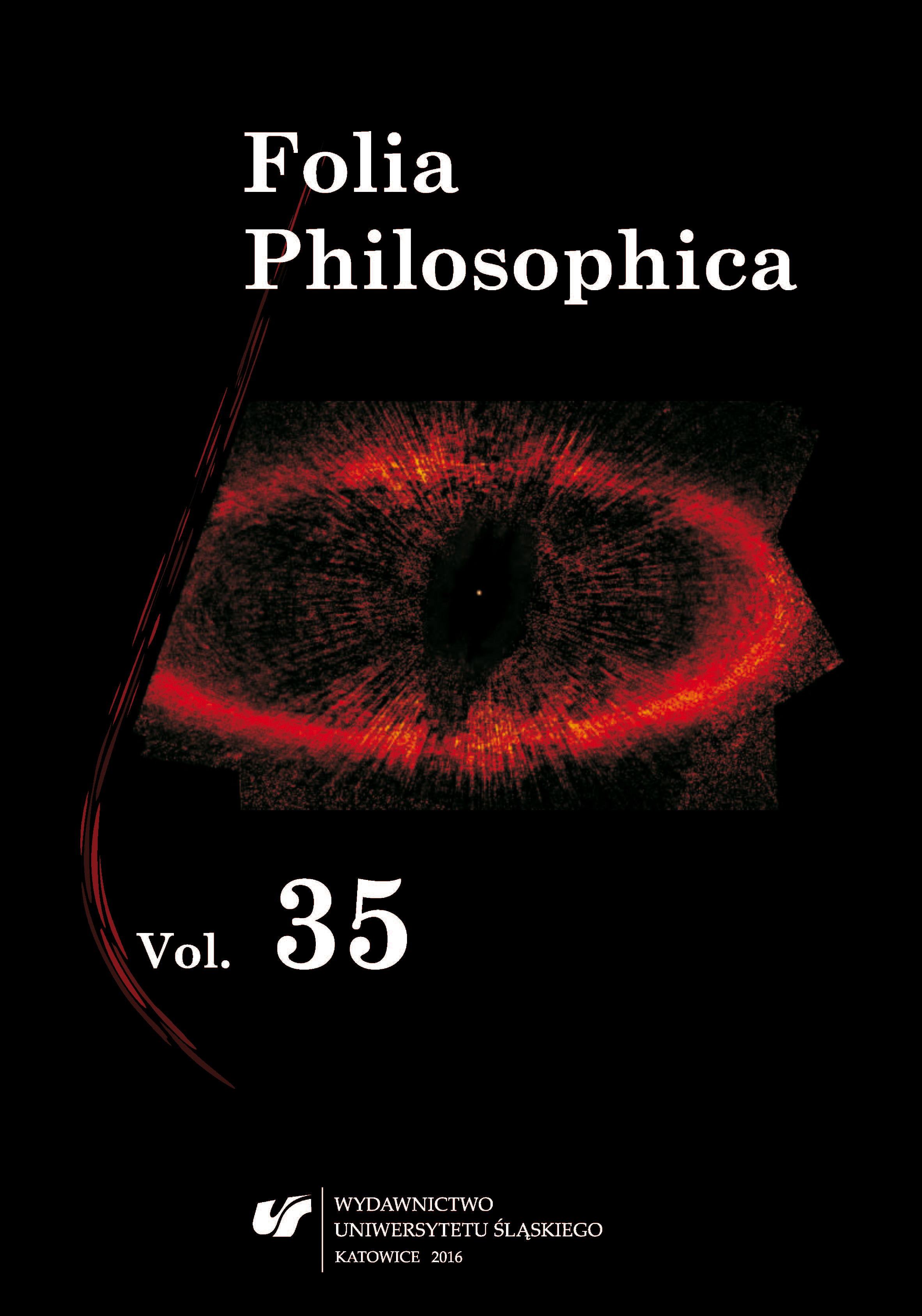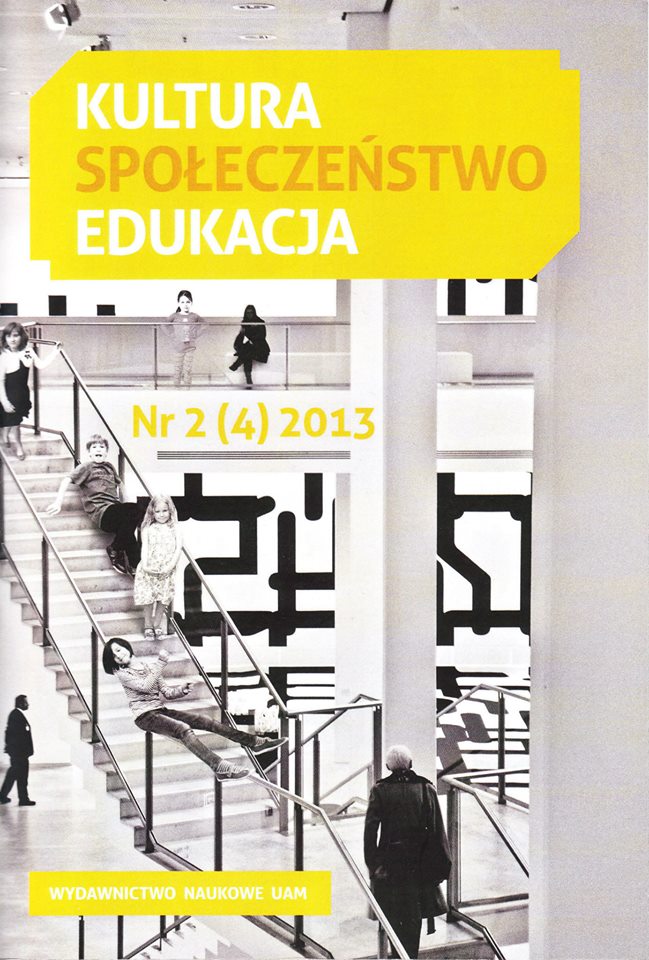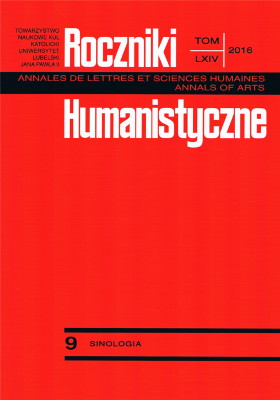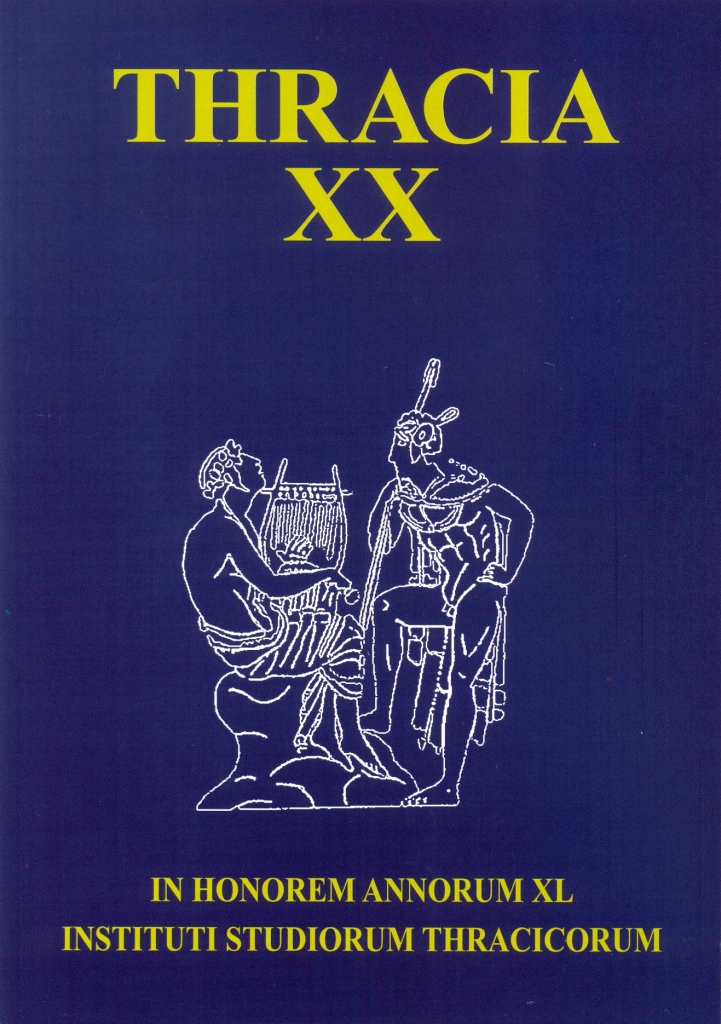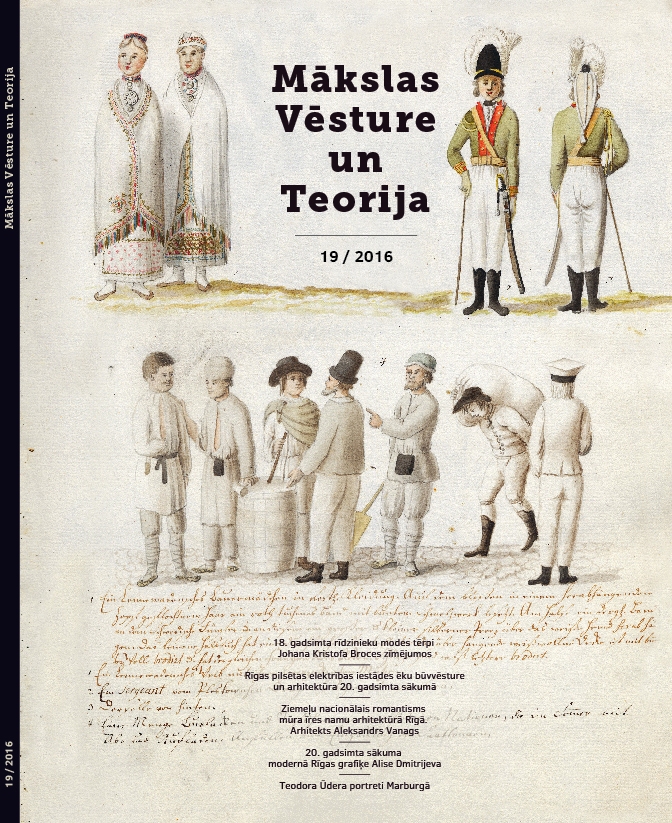
18. gadsimta rīdzinieku modes tērpi Johana Kristofa Broces zīmējumos
The legacy of the student of Baltic local history Johann Christoph Brotze (1742–1823) has always attracted researchers of 18th century Latvia’s culture and art. His collection in ten volumes, Sammlung verschiedener Liefländischer Monumente, Prospecte, Wapen, etc. (below Monumente) in the Academic Library of the University of Latvia contains visual documentation and descriptions of townspeople’s everyday life, customs, entertainment and social transformations. While examining the visual specificities of clothes worn in late 18th century Riga, the author of this article discovered many locally peculiar and interesting evidence of city dwellers’ wish to follow the latest fashions of the time. The first volume (Riga Views, People and Buildings, 1992) of the academic publication of Brotze’s legacy Zīmējumi un apraksti (Drawings and Descriptions), with materials from the 3rd volume of Monumente, gave a deeper insight into the clothing habits in Riga, revealing the meaning of the visual message of attire in the cultural-historical scene created by late 18th century Rigans and city visitors. The transition from Rococo to Classicism became the leading factor in the fashion trends of Vidzeme at the time, bringing corresponding motifs to art and fashion. The ethnic and social composition of the population in the second half of the 18th century significantly influenced Riga’s visual image – as seen from Brotze’s drawings, a rather motley and peculiar scene emerged here, manifesting both topical European phenomena and a mix between various ethnic elements and the fashion of the day. Drawings of city dwellers’ clothing in Brotze’s collection testify to the diversity of Riga in the 1770s–1790s. This scene displays the originality of townspeople’s clothes, testifying to uneven changes in the fashion field. In some cases there are just some modern details but other Brotze’s drawings show a Rigan whose costume represents the current fashion tendencies in Western Europe. Brotze saw the Latvian servant girl in a national costume skirt as well as German chambermaids in starched bonnets and richly decorated shawls, middle-class women in fashionable English-style street costumes and Riga’s German children whose clothes manifest the then current European trends. Page 56 of the 3rd volume shows a German middle-class girl. Her light summer dress, possibly of cotton or fine muslin, is adorned with contrasting silk ribbons. Silk ribbon around her neck also complies with the robe à l’anglaise of the 1780s. With the emphasis on the angular cut of the neckline we sense a synthesis of the fashion elements of Rococo and Classicism. The girl’s attire is complemented by an apron that became fashionable in the late 18th century and is not always related to the image of a servant. At that time the city’s middle-class women also wore aprons increasingly more often. German merchants were active in Riga and their clothes demonstrate features typical of business attire of the time with references to the strict lines of Classicist fashion. The topicality of this trend in Rigans’ clothes also shows in the apparel of servants, officials, accountants and valets who strived to be closer to European fashion. In their clothes, Riga’s craftsmen, their apprentices and journeymen demonstrated both specific characteristics of their craft and modern accents. Merchants, craftsmen’s and servants’ clothes retained references to their ethnic origins. At the same time, the wish to identify with the international character of Western fashion could be stronger than local and ethnic traditions. This largely applied to Riga’s Germans whose attire demonstrates the French and / or English style of the time. Brotze also met Latvian peasants, small traders and street vendors, capturing certain references to topical nuances of the time. Riga’s Latvians, despite luxury regulations that still in the late 18th century prohibited them wearing clothes as modern as those of the Germans, attempted to wear at least something in line with contemporary fashion. One of Brotze’s drawings on page 57 in the 3rd volume shows a Latvian salmon vendor wearing a spotted salmon-coloured jacket corresponding to his occupation, short grey breeches, hazy blue stockings and black shoes with buckles. He wore a black hat that is considered traditional headwear of Latvian men in Riga and its surroundings. Among the visitors to Riga, Brotze’s drawings show Dutch seamen, a Lithuanian nobleman from Brest in the attire of his native region, Polish Jews who worked in the city as middlemen and factors as well as Russian merchants and Polish noblemen. Brotze also saw the splendid costumes of upper-class women whose appearance reflected current tendencies in French fashion on the streets of Riga. A wealthy lady in urban street costume is depicted on page 63 in the 3rd volume. Her coral-pink polonaise with decorative looped-up overskirts and light hem with a horizontal ribbon band represents typical Classicist-period fashion appropriated from the European courts of the 1770s–1780s. The brightest colours in Brotze’s drawings, however, are seen in soldiers’ attire; their uniforms and their parts – tricornes, cavalry boots and powdered wigs – reveal in a concentrated way the wider presence of European fashion tendencies in Riga. To this day Johann Christoph Brotze’s observational drawings of the streets of Riga provide an idea of the diverse fashion scene fully representing the synthesis of Classicist and Rococo fashion in the late 18th century. This was a period when both international and nationally specific elements of costume were introduced in Rigans’ clothing, thus demonstrating the readiness of various social strata to accept the latest fashion tendencies and replace the old habits of dressing. Fashion more or less embraced all layers of society, strengthening its influence and gaining increasingly more dynamic development in Riga too.
More...
